If We Could Talk to the Animals …
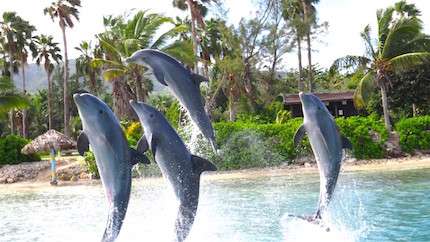
Here at Green Globe we are working through the latest round of updates to the Green Globe Standard for Sustainable Tourism V1.7, and one of the topics receiving much attention is the integration of wildlife into the tourism experience.
Green Globe has a very clear indicator which governs the incorporation of captive wildlife as part of a tourism business. Under the core theme – Environment – the indicator addressing wildlife states: No captive wildlife on properties’ grounds, except for wildlife breeding farms, rescue or reintroduction, according to law and authorized and humane best practices.
Clearly the intent of this indicator is to alert tourism operators to the fact that truly sustainable businesses act on the behalf of animal welfare, not exploitation. Tourism businesses who are working to increase endangered animal numbers, or are active in taking care of injured wildlife, are considered to be making a positive contribution.
The question arises when it comes to so called domesticated animals. Often resorts and tourist attractions feel they are doing no harm if they are displaying animals, particularly colourful birds, that have been bred in captivity. Also entertainment companies, independent of the resort, are often allowed on site with a menagerie of exotic creatures for guests to handle and have pictures taken with. It is believed that no harm occurs because these animals are bred humanely and legally under licences that are authorised by local government.
A lot of this type of activity is done under the rubric of familiarising travellers with local fauna to give an appreciation of nature and its special creatures. No one would disagree that the more we know about nature the more we can appreciate and protect it. The question is, however, how is that appreciation manifested? Having a python slither around a tourist’s shoulders or a colourful Macaw sit on their hand for a photo opportunity, is this appreciation of the animals or just fun for the guests and business for the handlers? In extreme cases animal interactions are now being promoted as offering some kind of therapeutic quality, such as swim with dolphin experiences to assist children with autism – is this offering anything beneficial to the dolphins?
The core issue we face is how do we ensure that the original intent – that people and tourism businesses care for animals and be sensitised to wildlife welfare – not end up as exploitation of exotic fauna for our own amusement.
Recently the Ringling Bros. and Barnum & Bailey Circus made a commitment to retire all elephants from its circus shows. This decision demonstrated that the tide has turned and people now put the well being of endangered creatures above the novelty of viewing them as entertainment.
As we update the Green Globe Standard we will be drilling down on how the Captive Wildlife indicator above applies to all animals, not just those in the wild. We want to explore what is considered acceptable in today’s society as "humane best practices" and can we truly condone the use of animals for entertainment or other services that provide people with the benefits and animals perhaps with just a job.
 United Kingdom
United Kingdom United States
United States Asia Pacific
Asia Pacific

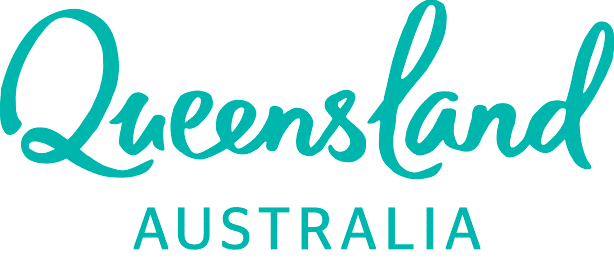



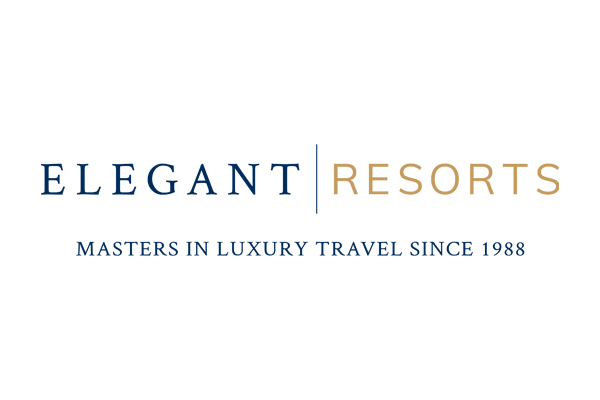
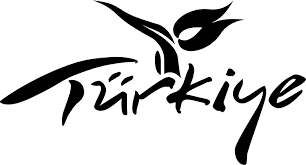
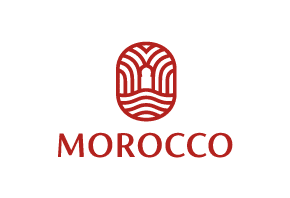




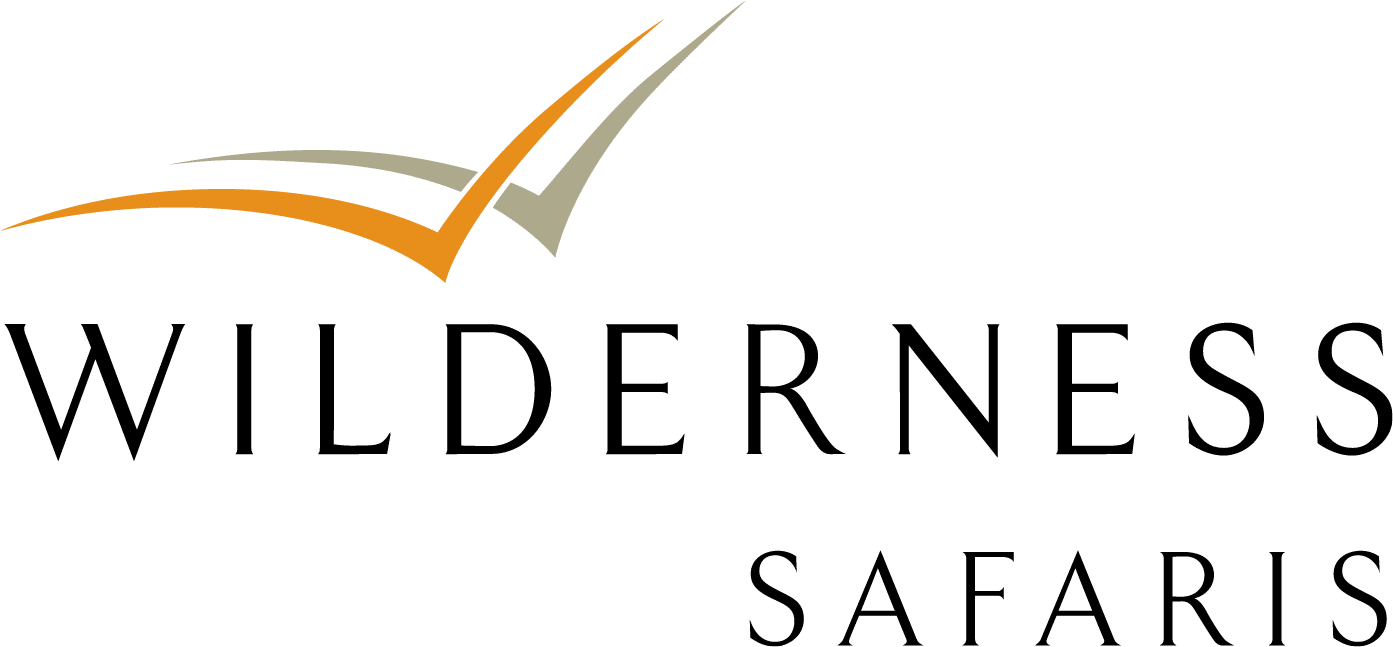


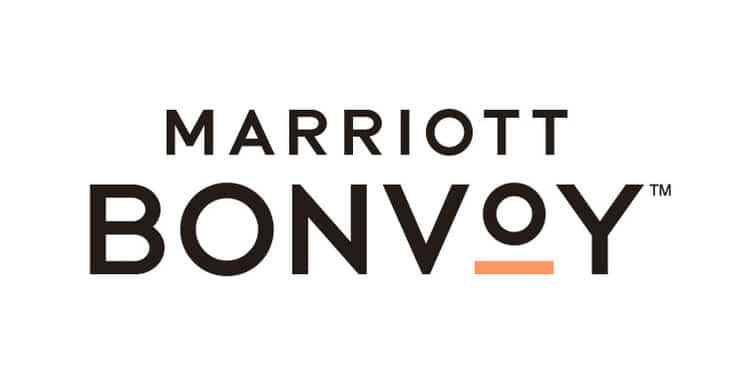


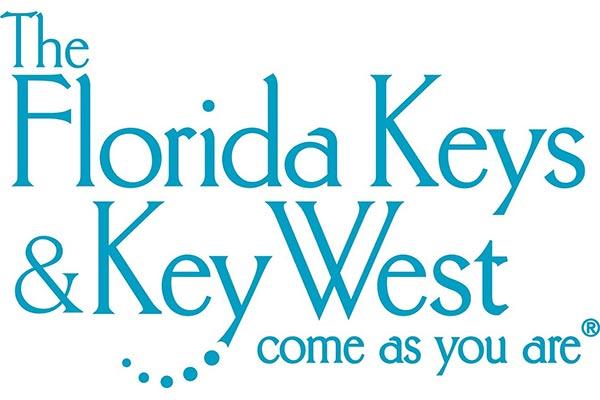

























Dozens fall ill in P&O Cruises ship outbreak
Boy falls to death on cruise ship
Turkish Airlines flight in emergency landing after pilot dies
Unexpected wave rocks cruise ship
Woman dies after going overboard in English Channel